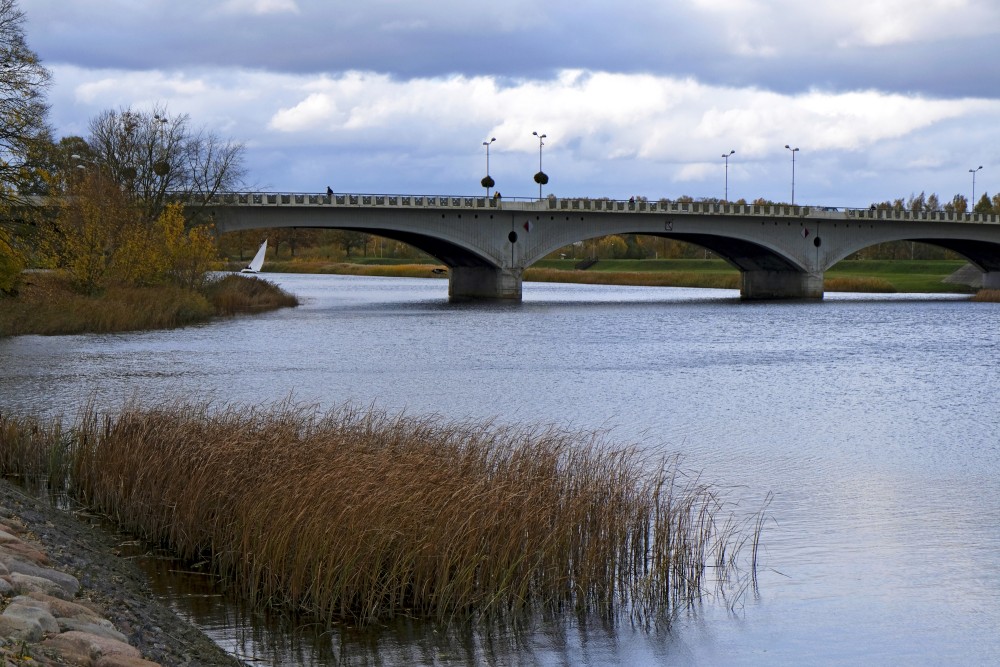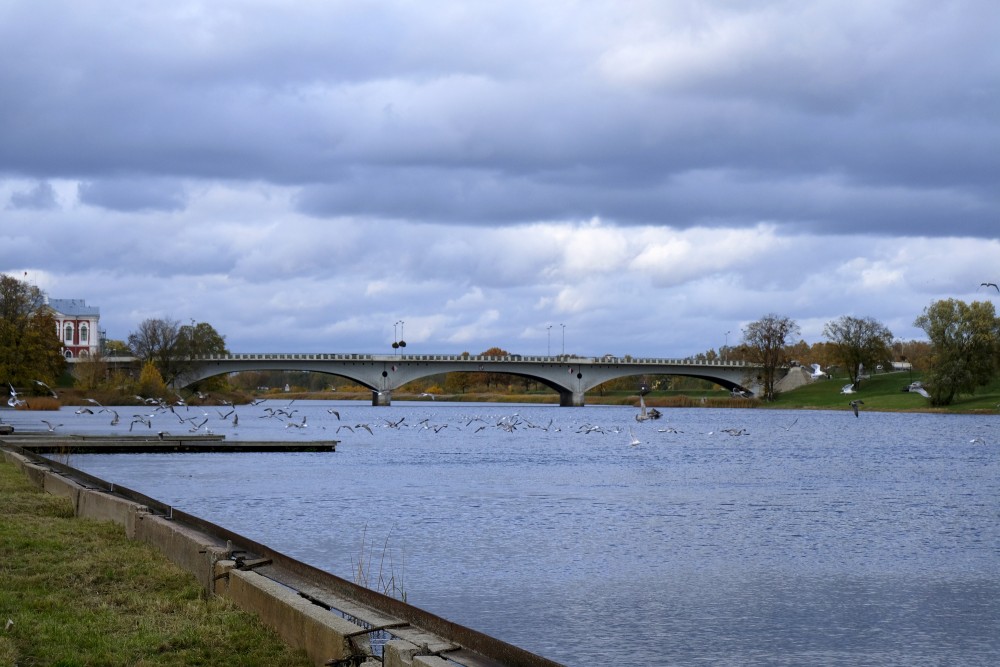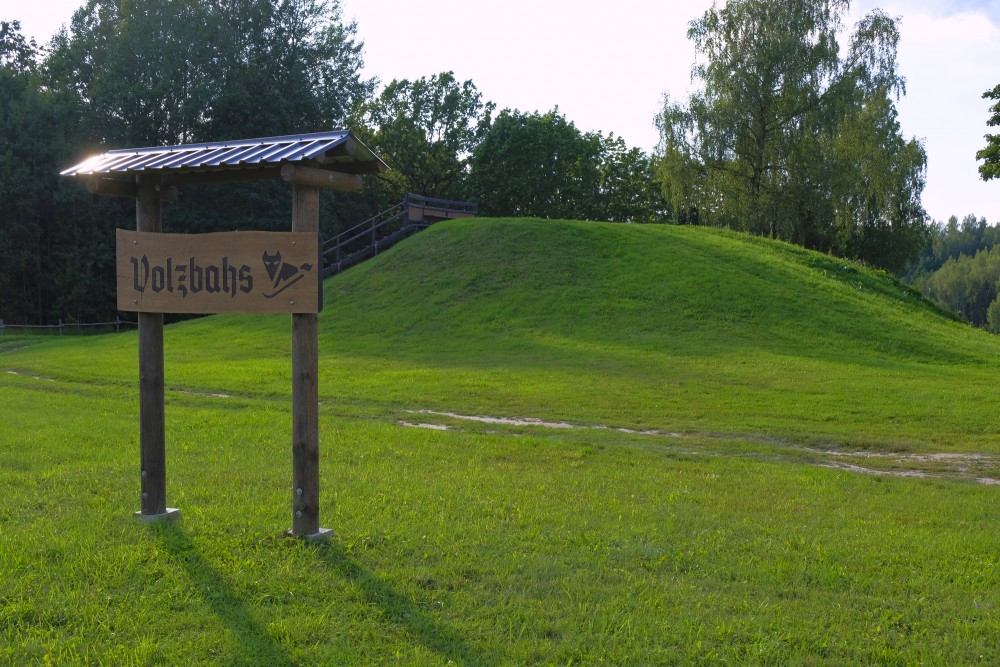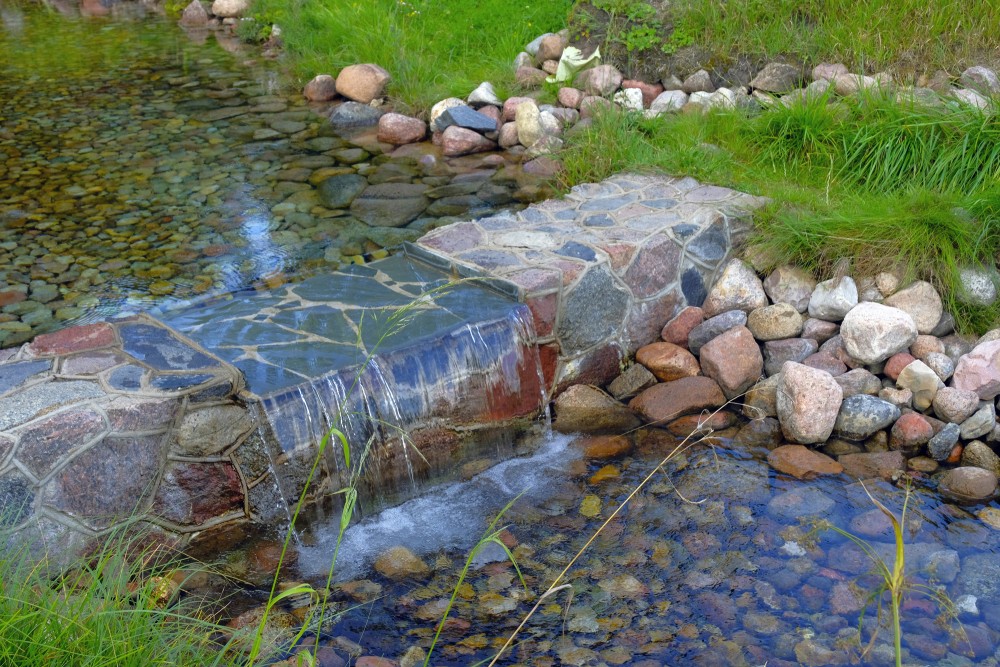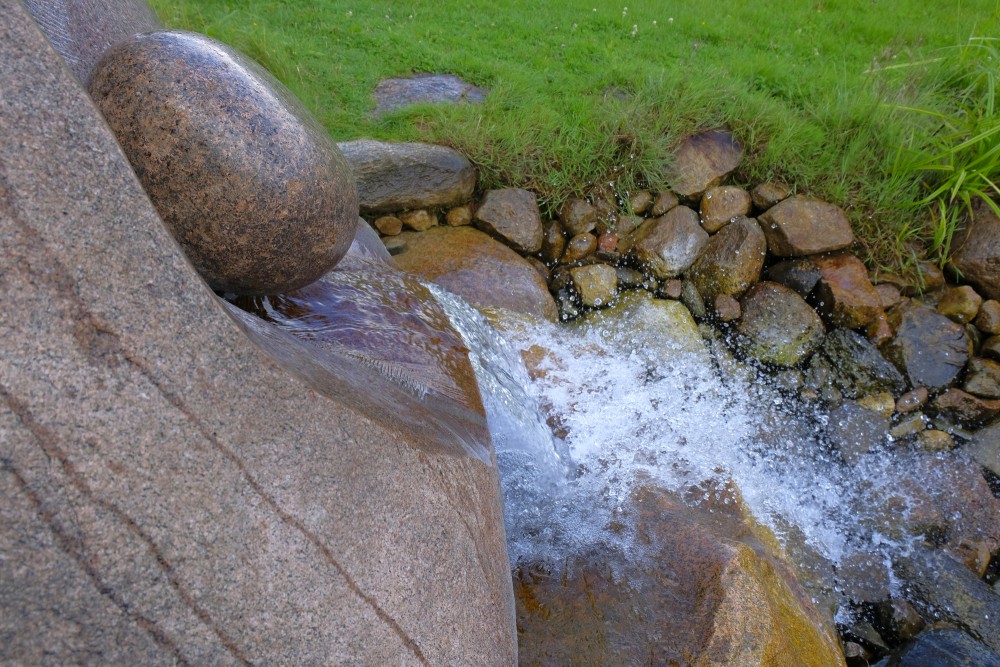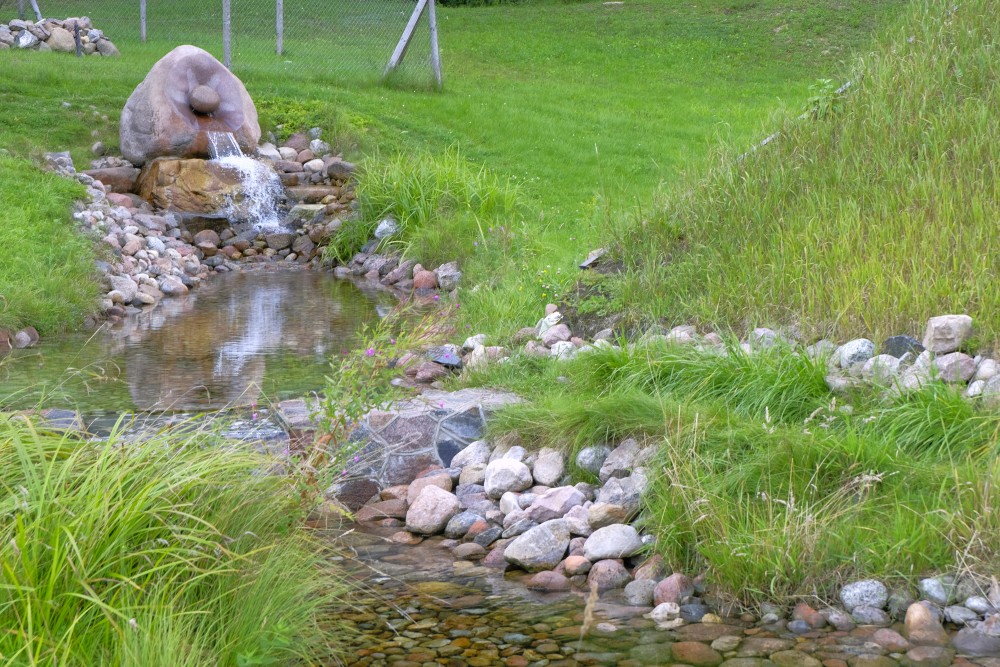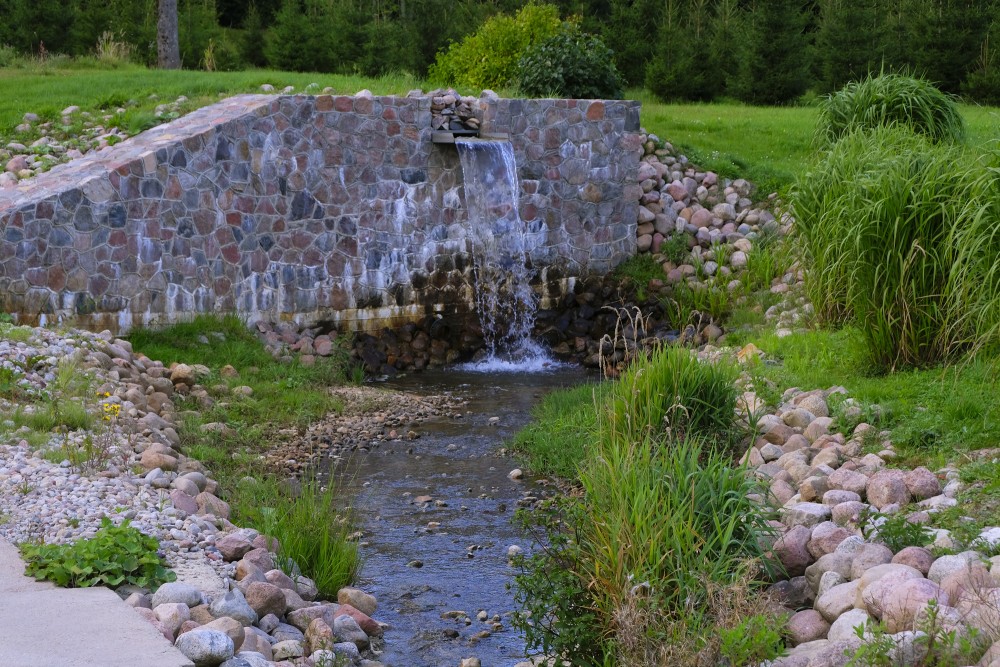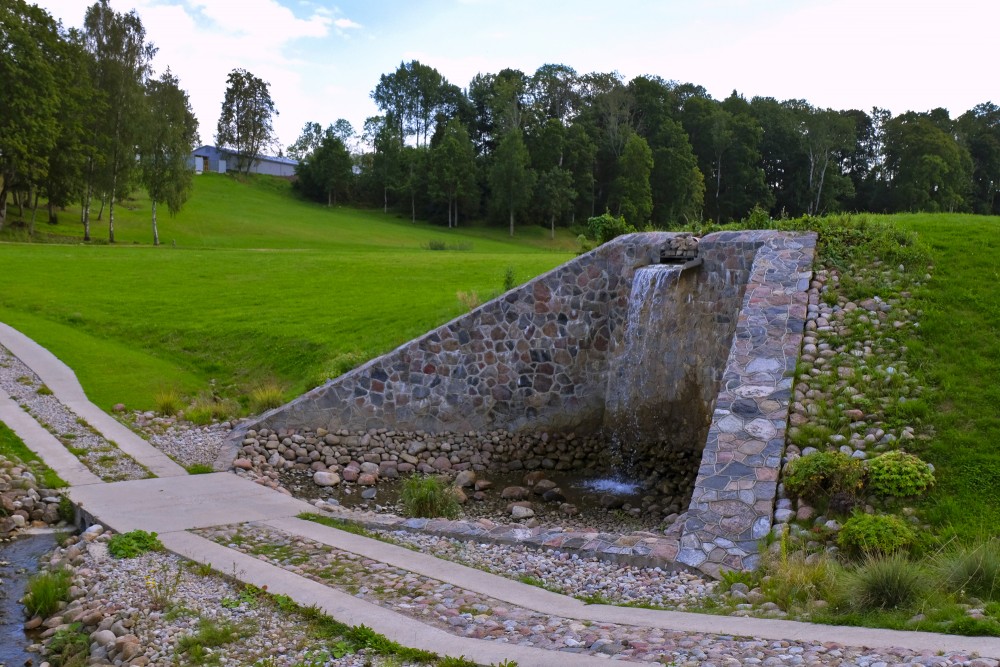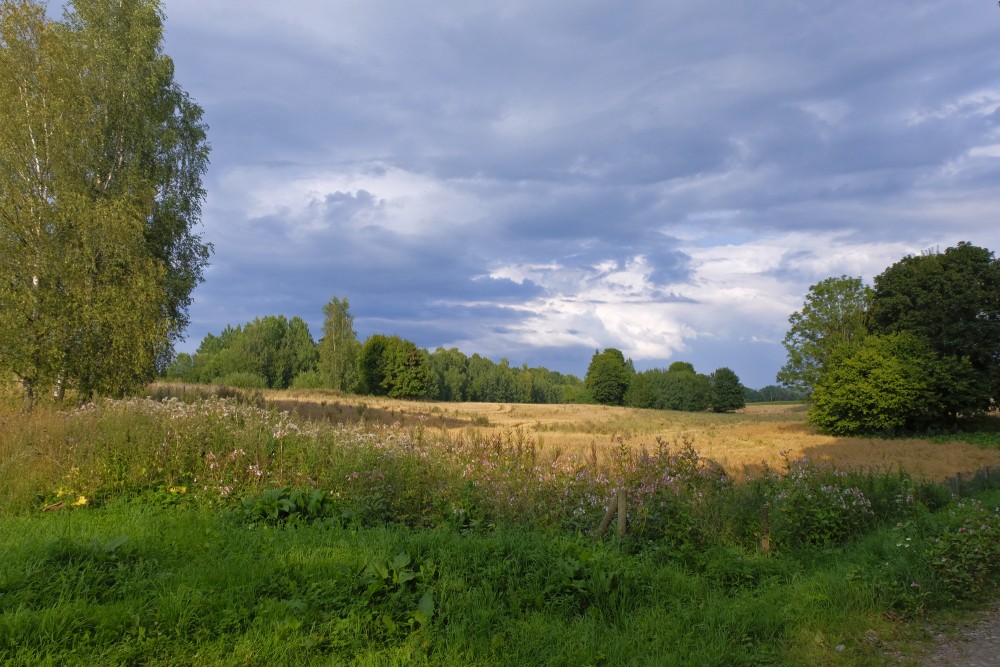Latvia: geography
Latvia (/ˈlɑːtviə/ or /ˈlætviə); Latvian: Latvija [ˈlatvija], Livonian: Leţmō), officially the Republic of Latvia (Latvian: Latvijas Republika, Livonian: Leţmō Vabāmō), is a country in the Baltic region of Northern Europe. Since its independence, Latvia has been referred to as one of the Baltic states. It is bordered by Estonia to the north, Lithuania to the south, Russia to the east, and Belarus to the southeast, and shares a maritime border with Sweden to the west. Latvia has 1,957,200 inhabitants and a territory of 64,589 km2(24,938 sq mi). he country has a temperate seasonal climate.
After centuries of Swedish, Polish and Russian rule, a rule mainly executed by the Baltic German aristocracy, the Republic of Latvia was established on 18 November 1918 when it broke away and declared independence in the aftermath of World War I. However, by the 1930s the country became increasingly autocratic after the coup in 1934 establishing an authoritarian regime under Kārlis Ulmanis. The country's de facto independence was interrupted at the outset of World War II, beginning with Latvia's forcible incorporation into the Soviet Union, followed by the invasion and occupation by Nazi Germany in 1941, and the re-occupation by the Soviets in 1944 (Courland Pocket in 1945) to form the Latvian SSR for the next 45 years.
The peaceful Singing Revolution, starting in 1987, called for Baltic emancipation from Soviet rule and condemning the Communistregime's illegal takeover. It ended with the Declaration on the Restoration of Independence of the Republic of Latvia on 4 May 1990, and restoring de facto independence on 21 August 1991. Latvia is a democratic sovereign state, parliamentary republic and a very highly developed country according to the United Nations Human Development Index. Its capital Riga served as the European Capital of Culture in 2014. Latvian is the official language. Latvia is a unitary state, divided into 119 administrative divisions, of which 110 are municipalities and nine are cities. Latvians and Livonians are the indigenous people of Latvia. Latvian and Lithuanian are the only two surviving Baltic languages.
Despite foreign rule from the 13th to 20th centuries, the Latvian nation maintained its identity throughout the generations via the language and musical traditions. However, as a consequence of centuries of Russian rule (1710–1918) and later Soviet occupation, Latvia is home to a large number of ethnic Russians (26.9% in Latvia), some of whom (14.1% of Latvian residents) have not gained citizenship, leaving them with no citizenship at all. Until World War II, Latvia also had significant minorities of ethnic Germans and Jews. Latvia is historically predominantly Lutheran Protestant, except for the Latgale region in the southeast, which has historically been predominantly Roman Catholic. The Russian population are largely Eastern Orthodox Christians.
Latvia is a member of the European Union, Eurozone, NATO, the Council of Europe, the United Nations, CBSS, the IMF, NB8, NIB, OECD, OSCE, and WTO. For 2014, the country was listed 46th on the Human Development Index and as a high income country on 1 July 2014. A full member of the Eurozone, it began using the euro as its currency on 1 January 2014, replacing the Latvian lats.
Geography
Latvia lies in Northern Europe, on the eastern shores of the Baltic Sea and northwestern part of the East European craton, between latitudes 55° and 58° N (a small area is north of 58°), and longitudes 21° and 29° E (a small area is west of 21°). Latvia has a total area of 64,559 km2(24,926 sq mi) of which 62,157 km2 (23,999 sq mi) land, 18,159 km2 (7,011 sq mi) agricultural land, 34,964 km2 (13,500 sq mi) forest land and 2,402 km2 (927 sq mi) inland water.
The total length of Latvia's boundary is 1,866 km (1,159 mi). The total length of its land boundary is 1,368 km (850 mi), of which 343 km (213 mi) is shared with Estonia to the north, 276 km (171 mi) with the Russian Federation to the east, 161 km (100 mi) with Belarus to the southeast and 588 km (365 mi) with Lithuania to the south. The total length of its maritime boundary is 498 km (309 mi), which is shared with Estonia, Sweden and Lithuania. Extension from north to south is 210 km (130 mi) and from west to east 450 km (280 mi).
Most of Latvia's territory is less than 100 m (330 ft) above sea level. Its largest lake, Lubāns, has an area of 80.7 km2 (31.2 sq mi), its deepest lake, Drīdzis, is 65.1 m (214 ft) deep. The longest river on Latvian territory is the Gauja, at 452 km (281 mi) in length. The longest river flowing through Latvian territory is the Daugava, which has a total length of 1,005 km (624 mi), of which 352 km (219 mi) is on Latvian territory. Latvia's highest point is Gaiziņkalns, 311.6 m (1,022 ft). The length of Latvia's Baltic coastline is 494 km (307 mi). An inlet of the Baltic Sea, the shallow Gulf of Riga is situated in the northwest of the country.
Climate
Latvia has a temperate climate that has been described in various sources as either humid continental (Köppen Dfb) or oceanic/maritime(Köppen Cfb).
Coastal regions, especially the western coast of Courland Peninsula, possess a more maritime climate with cooler summers and milder winters, while eastern parts exhibit a more continental climate with warmer summers and harsher winters.
Latvia has four pronounced seasons of near-equal length. Winter starts in mid-December and lasts until mid-March. Winters have average temperatures of −6 °C (21 °F) and are characterized by stable snow cover, bright sunshine, and short days. Severe spells of winter weather with cold winds, extreme temperatures of around −30 °C (−22 °F) and heavy snowfalls are common. Summer starts in June and lasts until August. Summers are usually warm and sunny, with cool evenings and nights. Summers have average temperatures of around 19 °C (66 °F), with extremes of 35 °C (95 °F). Spring and autumn bring fairly mild weather.
Environment
Most of the country is composed of fertile lowland plains and moderate hills. In a typical Latvian landscape, a mosaic of vast forests alternates with fields, farmsteads, and pastures. Arable land is spotted with birch groves and wooded clusters, which afford a habitat for numerous plants and animals. Latvia has hundreds of kilometres of undeveloped seashore—lined by pine forests, dunes, and continuous white sand beaches.
Latvia has the 5th highest proportion of land covered by forests in the European Union, after Sweden, Finland, Estonia and Slovenia. Forests account for 3,497,000 ha (8,640,000 acres) or 56% of the total land area.
Latvia has over 12,500 rivers, which stretch for 38,000 km (24,000 mi). Major rivers include the Daugava River, Lielupe, Gauja, Venta, and Salaca, the largest spawning ground for salmon in the eastern Baltics. There are 2,256 lakes that are bigger than 1 ha (2.5 acres), with a collective area of 1,000 km2 (390 sq mi). Mires occupy 9.9% of Latvia's territory. Of these, 42% are raised bogs; 49% are fens; and 9% are transitional mires. 70% percent of the mires are untouched by civilisation, and they are a refuge for many rare species of plants and animals.
Agricultural areas account for 1,815,900 ha (4,487,000 acres) or 29% of the total land area. With the dismantling of collective farms, the area devoted to farming decreased dramatically – now farms are predominantly small. Approximately 200 farms, occupying 2,750 ha (6,800 acres), are engaged in ecologically pure farming (using no artificial fertilisers or pesticides).
Latvia's national parks are Gauja National Park in Vidzeme (since 1973), Ķemeri National Park in Zemgale (1997), Slītere National Park in Kurzeme (1999), and Rāzna National Park in Latgale (2007).
Latvia has a long tradition of conservation. The first laws and regulations were promulgated in the 16th and 17th centuries. There are 706 specially state-level protected natural areas in Latvia: four national parks, one biosphere reserve, 42 nature parks, nine areas of protected landscapes, 260 nature reserves, four strict nature reserves, 355 nature monuments, seven protected marine areas and 24 microreserves. Nationally protected areas account for 12,790 km2 (4,940 sq mi) or around 20% of Latvia's total land area. Latvia's Red Book (Endangered Species List of Latvia), which was established in 1977, contains 112 plant species and 119 animal species. Latvia has ratified the international Washington, Bern, and Ramsare conventions.
The 2012 Environmental Performance Index ranks Latvia second, after Switzerland, based on the environmental performance of the country's policies.
Biodiversity
Approximately 30,000 species of flora and fauna have been registered in Latvia. Common species of wildlife in Latvia include deer, wild boar, moose, lynx, bear, fox, beaver and wolves. Non-marine molluscs of Latvia include 159 species.
Species that are endangered in other European countries but common in Latvia include: black stork (Ciconia nigra), corncrake (Crex crex), lesser spotted eagle (Aquila pomarina), white-backed woodpecker (Picoides leucotos), Eurasian crane (Grus grus), Eurasian beaver (Castor fiber), Eurasian otter (Lutra lutra), European wolf (Canis lupus) and European lynx (Felis lynx).
Phytogeographically, Latvia is shared between the Central European and Northern European provinces of the Circumboreal Region within the Boreal Kingdom. According to the WWF, the territory of Latvia belongs to the ecoregion of Sarmatic mixed forests. 56 percent of Latvia's territory is covered by forests, mostly Scots pine, birch, and Norway spruce.
Several species of flora and fauna are considered national symbols. Oak (Quercus robur, Latvian: ozols), and linden (Tilia cordata, Latvian: liepa) are Latvia's national trees and the daisy (Leucanthemum vulgare, Latvian: pīpene) its national flower. The white wagtail (Motacilla alba, Latvian: baltā cielava) is Latvia's national bird. Its national insect is the two-spot ladybird (Adalia bipunctata, Latvian: divpunktu mārīte). Amber, fossilized tree resin, is one of Latvia's most important cultural symbols. In ancient times, amber found along the Baltic Sea coast was sought by Vikings as well as traders from Egypt, Greece and the Roman Empire. This led to the development of the Amber Road.
Several nature reserves protect unspoiled landscapes with a variety of large animals. At Pape Nature Reserve, where European bison, wild horses, and recreated aurochs have been reintroduced, there is now an almost complete Holocene megafauna also including moose, deer, and wolf.
Administrative divisions
Latvia is a unitary state, currently divided into 110 one-level municipalities (Latvian: novadi) and 9 republican cities (Latvian: republikas pilsētas) with their own city council and administration: Daugavpils, Jēkabpils, Jelgava, Jūrmala, Liepāja, Rēzekne, Riga, Valmiera, and Ventspils. There are four historical and cultural regions in Latvia – Courland, Latgale, Vidzeme, Zemgale, which are recognised in Constitution of Latvia. Selonia, a part of Zemgale, is sometimes considered culturally distinct region, but it is not part of any formal division. The borders of historical and cultural regions usually are not explicitly defined and in several sources may vary. In formal divisions, Riga region, which includes the capital and parts of other regions that have a strong relationship with the capital, is also often included in regional divisions; e.g., there are five planning regions of Latvia (Latvian: plānošanas reģioni), which were created in 2009 to promote balanced development of all regions. Under this division Riga region includes large parts of what traditionally is considered Vidzeme, Courland, and Zemgale. Statistical regions of Latvia, established in accordance with the EU Nomenclature of Territorial Units for Statistics, duplicate this division, but divides Riga region into two parts with the capital alone being a separate region. The largest city in Latvia is Riga, the second largest city is Daugavpils and the third largest city is Liepaja.
en.wikipedia.org
https://en.wikipedia.org/wiki/Latvia
Continue reading
